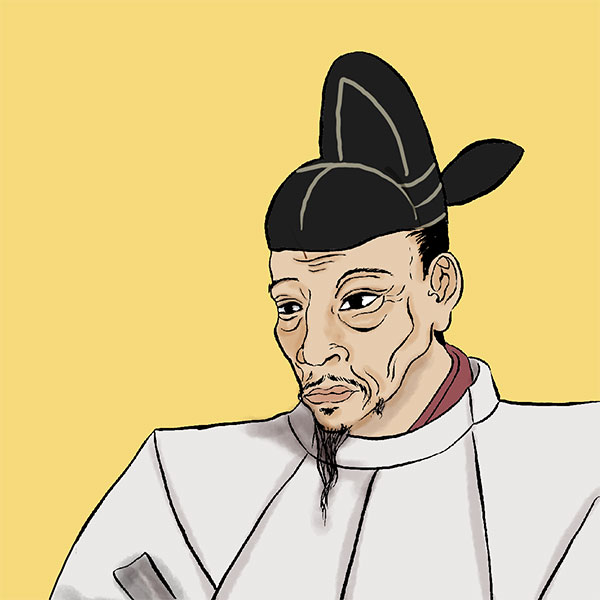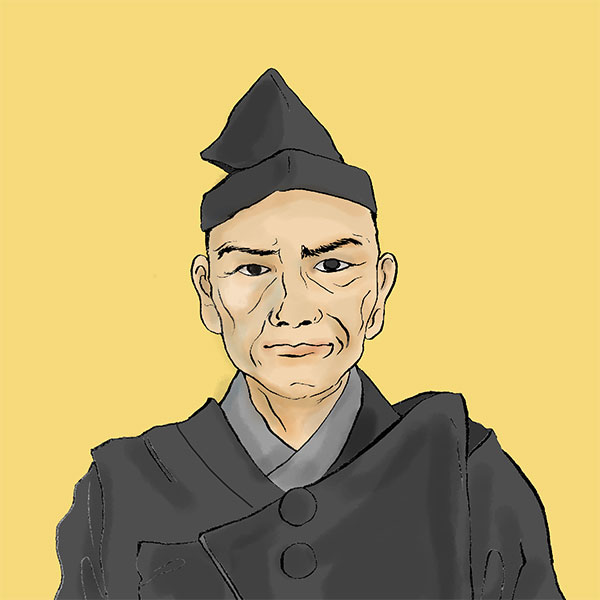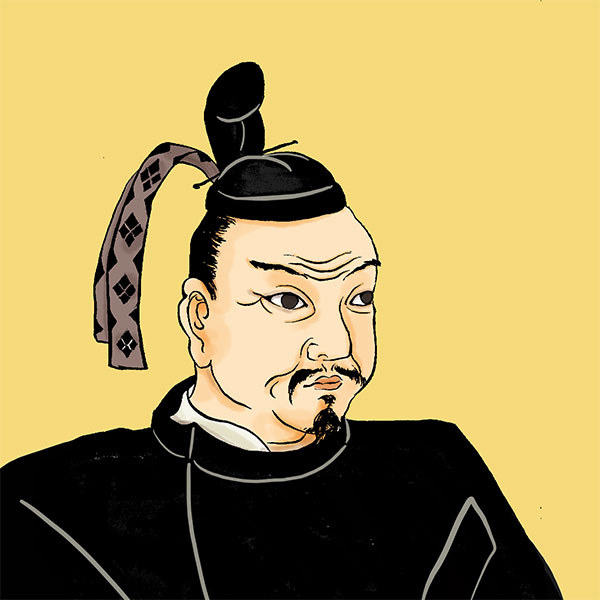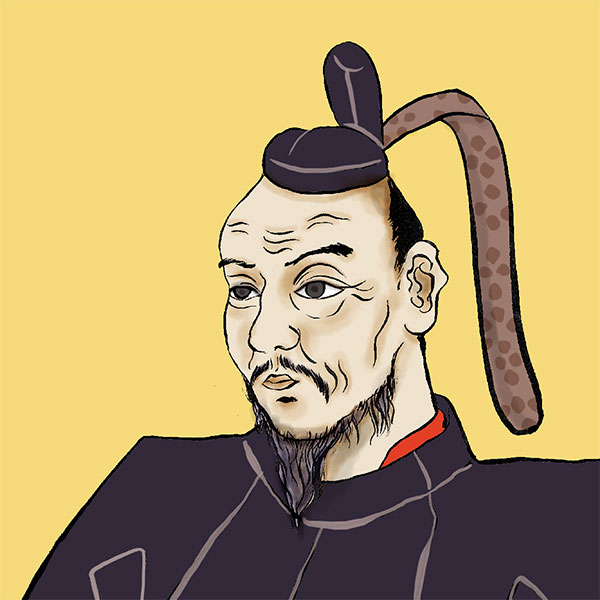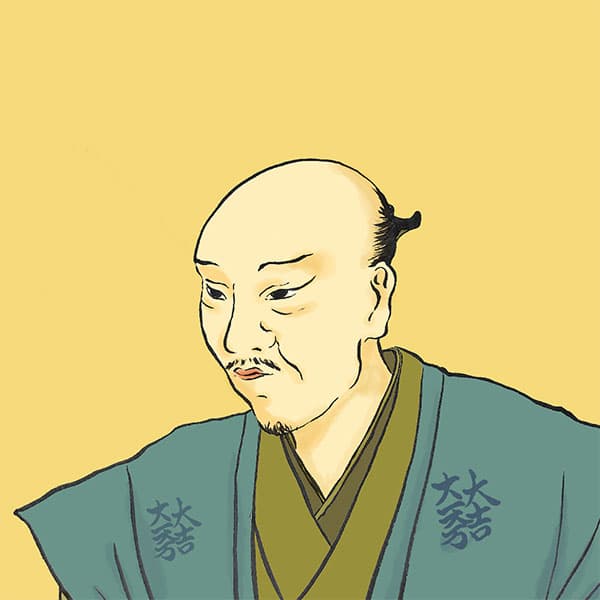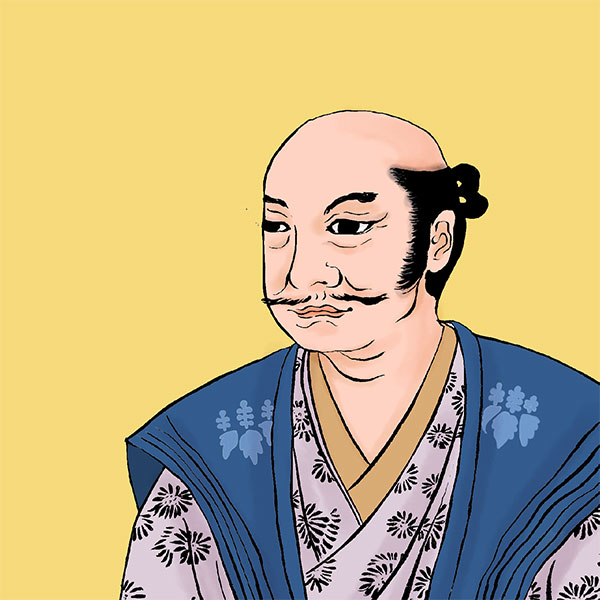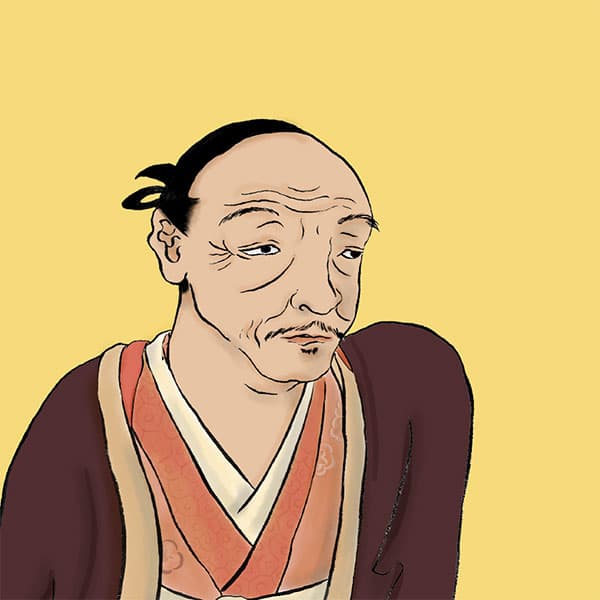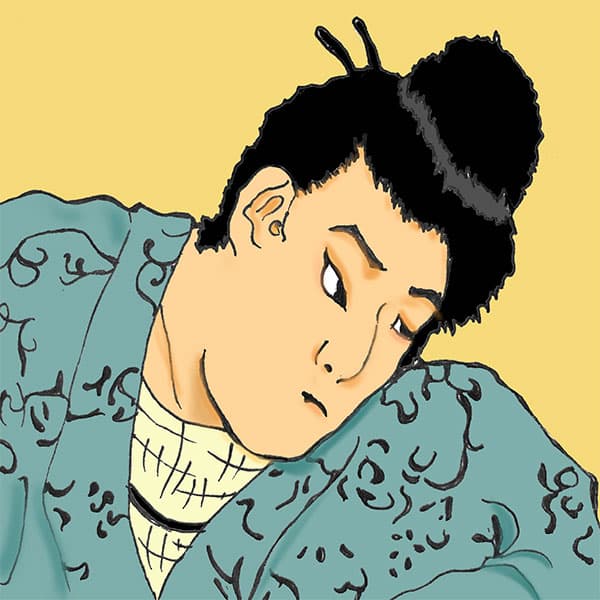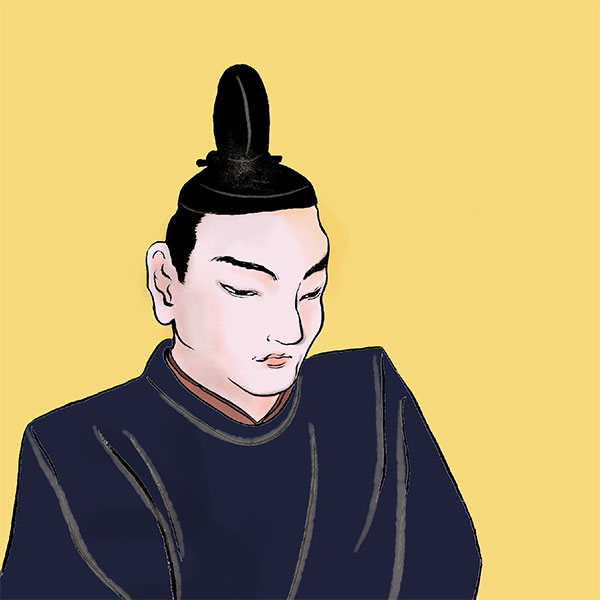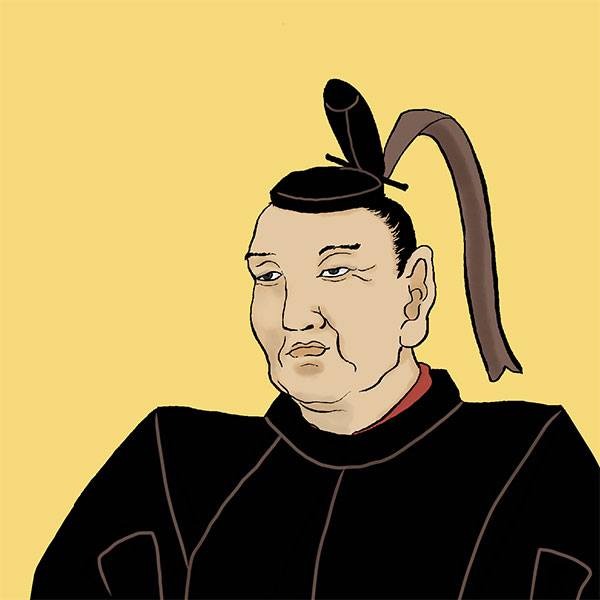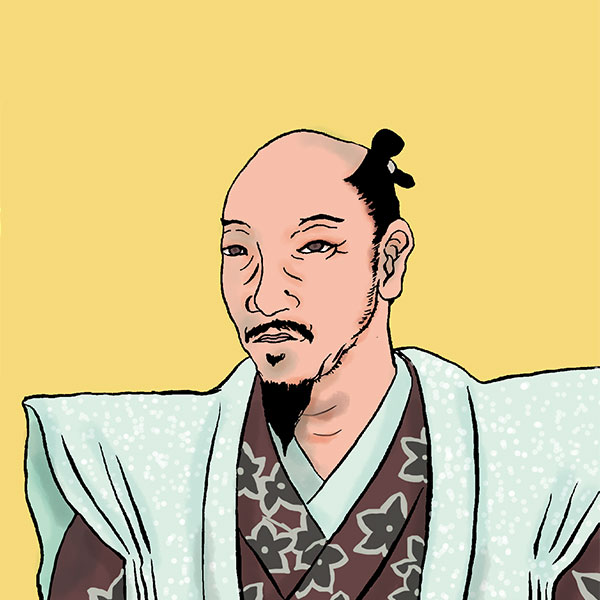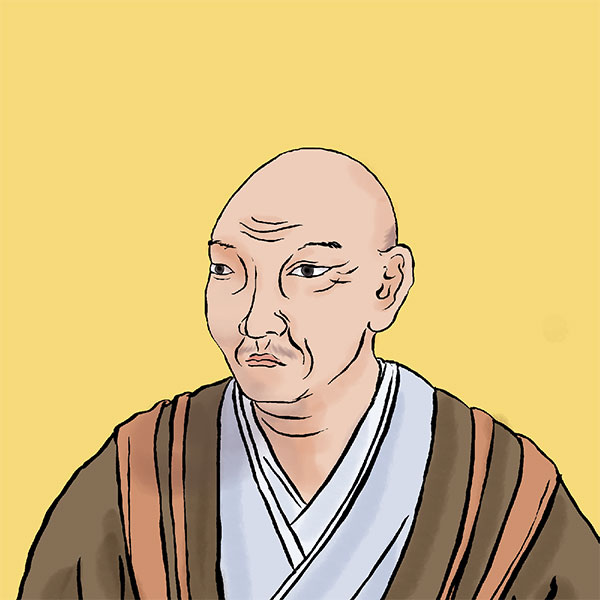Kyushu pacification (2/2)Hideyoshi defeated Shimazu and took control of Kyushu.
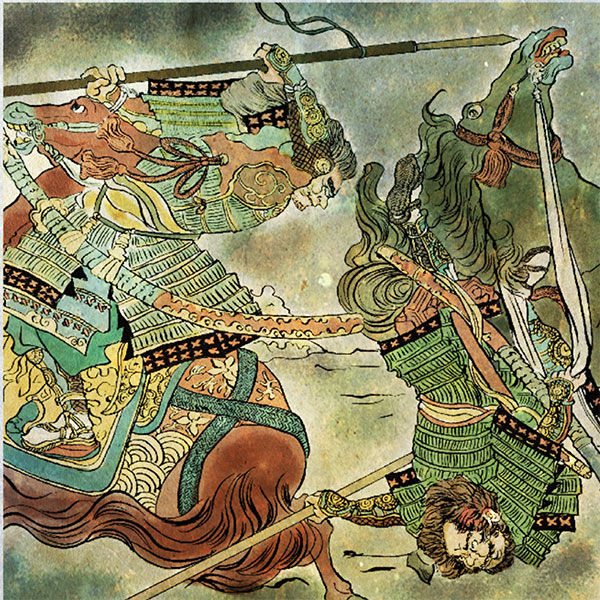
Kyushu pacification
- Article category
- case file
- Incident name
- Conquering Kyushu (1586-1587)
- place
- Kagoshima prefecture, Miyazaki prefecture, Fukuoka prefecture, Oita prefecture, Nagasaki prefecture
- Related castles, temples and shrines

Kagoshima Castle

Kokubu Castle

Obi Castle

Kokura Castle

Sadowara Castle

Kitsuki Castle

Oka Castle
- people involved
Meanwhile, Hideyoshi's approximately 100,000-man Higo Army arrived at Kokura Castle (Kitakyushu City, Fukuoka Prefecture) on March 29th, and on April 1st, they occupied Iwajo Castle (Tagawa District, Fukuoka Prefecture), a branch castle of Tanemi Akizuki, in a fierce battle. I dropped it at the end. Tanemi was at Masutomi Castle (Kama City, Fukuoka Prefecture) at the time, but he destroyed the castle and barricaded himself in Koshoyama Castle (Asakura City, Fukuoka Prefecture).
However, Hideyoshi repaired Masutomi Castle overnight. After building the so-called ``One Night Castle,'' Tanemi Akizuki lost his fighting spirit and surrendered to Hideyoshi on April 3rd, shaving his head. Furthermore, this overnight castle was a trick of Hideyoshi. It is said that they pasted white paper on white walls and painted ink on the doorboards of private houses to make them look like wainscoting. Tanemi Akizuki, who was watching from a distance, was surprised because he did not know that this was the case.
Tanemi Akizuki's surrender to Hideyoshi just three days after the start of the war surprised the surrounding powerful clans. Hideyoshi then reached Chikugo on April 10th, Kumamoto (Kumamoto City, Kumamoto Prefecture) on April 16th, and Yatsushiro (Yatsushiro City, Kumamoto Prefecture) on the 19th. The local powerful families who were shown Hideyoshi's power came to belong to Hideyoshi one after another. For example, in the Shimabara area, Arima Harunobu sided with the Toyotomi army. In addition, the Ryuzoji clan, whose vassals had been secretly communicating with Hideyoshi, also joined the Toyotomi army.
Kyushu pacification ④ Toyotomi army wins the “Battle of Nejirasaka”
Meanwhile, approximately 80,000 Hyuga troops led by Hidenaga Toyotomi fell to Hyuga Matsuo Castle (Matsuyama-cho, Nobeoka City, Miyazaki Prefecture) on March 29th. On April 6, the Shimazu clan besieged Takajo (Kishiro-cho, Koyu-gun, Miyazaki Prefecture), which was a strategic point, and began a food raid. Furthermore, in anticipation of reinforcements from the Shimazu army, they built a fort on nearby Nejirazaka slope to intercept them.
Just as the Tokugawa army had planned, the Shimazu army sends reinforcements to Takajo, where about 1,500 people including Yamada Arinobu were barricaded, in an attempt to regain their base. On April 17th, Yoshihisa, Yoshihiro, and Iehisa Shimazu departed for Takajo with an army of 35,000 men. At night, the Toyotomi army raided the fort built on Nejirasaka. The fort was filled with 10,000 soldiers, including Tsugujun Miyabe, who firmly defended it using dry moats and wooden walls. The Shimazu army was unable to break through the fort, and both sides fell into a stalemate.
There, 500 men from Hidenaga's main army led by Takatora Todo and subordinates of Hideie Ukita rushed to the rescue and toyed with the Shimazu army. In addition, the army of Takakage Kobayakawa, Kanbei Kuroda, and others conducted an interception. The Shimazu army put up a good fight against the Toyotomi army, which numbered 80,000 (*there are various theories), but almost all of them, including the great general Tadayoshi Shimazu, died in the battle, resulting in a crushing defeat. Yoshihisa and Yoshihiro Shimazu managed to retreat to Miyakogun Castle in Hyuga Province, and Iehisa managed to retreat to Sadowara Castle (Sadowara Town, Miyagi Prefecture).
After that, Toyotomi's army captured Miyako-gun Castle and invaded Iwamure Castle (Kobayashi City, Miyazaki Prefecture). Yoshihiro Shimazu escaped to Iino Castle (Iino, Ebino City, Miyazaki Prefecture) and holed up there.
Then, on April 21, Yoshihisa Shimazu presented his chief retainer as a hostage to Hidenaga Toyotomi and proposed peace. On the 26th, Takajo was given away, and on April 29th, Arinobu Yamada, who had been defending the castle with all his might, also surrendered it.
Conquering Kyushu ⑤ The final battle in Satsuma
The final battle between the Shimazu army and the Toyotomi army, which looked set to be defeated, was the Battle of Satsuma. The Higo Army led by Hideyoshi quickly advanced and invaded Satsuma Province on April 27th. Frightened by Hideyoshi's strength, Tadatsu Shimazu of Izumi Castle (Izumi City, Kagoshima Prefecture) and Tadanaga Shimazu of Miyano Castle (Satsuma Town, Satsuma District, Kagoshima Prefecture) surrendered without a fight. Furthermore, the Toyotomi army, including Yukinaga Konishi, Yasuharu Wakisaka, Yoshitaka Kuki, and Yoshiaki Kato, proceeded by sea and entered Sendai (Satsumasendai City, Kagoshima Prefecture) on April 25th. The Toyotomi army's advancing speed was faster than the Shimazu army had expected. In fact, Hideyoshi had Honganji Kongyo accompany him when he conquered Kyushu, and was able to advance quickly thanks to the cooperation of the local Ikko sect followers.
Then, on April 28, Konishi Yukinaga and his team attacked Heisa Castle (Satsumasendai City, Kagoshima Prefecture). Due to the strong resistance of the lord of Heisa Castle, Katsura Tadaakira, and others, damage was caused to both sides, but in the evening, a letter was delivered to Katsura Tadaakira from Yoshihisa Shimazu ordering him to surrender, and the following day, the 29th, Tadaakira received a letter ordering him to surrender. He informed Yasuharu Wakisaka's camp of surrender.
On May 3rd, Toyotomi Hideyoshi moved his headquarters to Taiheiji Temple near Heisa Castle, and on the 8th, Yoshihisa Shimazu, a monk from Yukiso-in Temple (Hioki City, Kagoshima Prefecture), visited the headquarters and formally announced his intention to surrender. is showing. Hideyoshi forgave Yoshihisa, who became a monk, and released him without execution. At this point, Yoshihiro Shimazu and Toshihisa Shimazu were still resisting the Toyotomi army, but on May 22, Yoshihiro was persuaded by Yoshihisa to surrender his son as a hostage.
Kyushu pacification ⑥ Post-peace division order and expulsion order for Bateren
Thus, the pacification of Kyushu, which lasted for more than half a year, came to an end. Toyotomi Hideyoshi led his army back to Chikuzen Hakozaki (Hakozaki, Higashi Ward, Fukuoka City, Fukuoka Prefecture), and at Hakozaki Hachiman Shrine issued the ``Kyushu Kokubun Ordinance'' that decided the territorial distribution of Kyushu. As a result of the Kokubu clan, the Shimazu clan had most of the areas newly acquired in the war with the Otomo clan confiscated, but the prefectures of Satsuma, Osumi, and Hyuga were relieved, which was a fair result.
Furthermore, Osumi was scheduled to be given to Motochika Chosokabe, who had lost his eldest son, but Motochika steadfastly refused. There was a plan for Otomo Sourin to acquire Hyuga Province, but Sourin firmly refused and died on May 23rd. For this reason, his son Yoshimune Otomo was granted control of Bungo province and Usahan district of Buzen.
Regarding the feudal lords who sided with the Toyotomi family, Narimasa Sasa was in Higo Province, Takakage Kobayakawa was in Chikuzen and Chikugo-Hizen 1 district with approximately 370,000 koku, Kuroda Kanbei was in 6 districts of Buzen with approximately 120,000 koku, and Mori Yoshinari was in Buzen Kakusei District. -Approximately 60,000 koku in Tagawa District, Muneshige Tachibana, a vassal of Yoshimune Otomo, was given 132,000 koku in Yanagawa, Chikugo, and Katsunobu Mori was given approximately 60,000 koku in Buzen Kokura.
Another law issued by Hideyoshi in Hakozaki. That is the ``Batteren Expulsion Order'' that regulates Christianity. After conquering Kyushu, Hideyoshi inspected Hizen Nagasaki Port (Nagasaki City, Nagasaki Prefecture) and, seeing the progress of Christian forces, developed a sense of crisis. Christians were expanding their influence in Kyushu, and Christian feudal lords donated land such as Nagasaki to the Society of Jesus. In addition, Christians were exporting Japanese people overseas as slaves, and Hideyoshi, fearing an invasion of Christian countries such as Portugal and Spain, decided on June 19, 1587, to issued an expulsion order. Although it accepts the Christian faith, it forbids missionaries from evangelizing and orders them to leave the country.
However, as trade between the South and the South was allowed, missionaries who were also traders with the South and the South were resettled in the country. Although the banishment order for Bateren was not that strong, it was at this time that the seeds that followed the suppression of Christianity in the Edo period were sprouting.
Reread the article on the pacification of Kyushu
- people involved

- WriterNaoko Kurimoto(Writer)I am a former travel industry magazine reporter. I have loved history, both Japanese and world history, since I was a child. I usually enjoy visiting temples and shrines, especially shrines, and often do ``pilgrimages to sacred places'' themed around historical figures. My favorite military commander is Ishida Mitsunari, my favorite castle is Kumamoto Castle, and my favorite castle ruins is Hagi Castle. My heart flutters when I see the ruins of battle castles and the stone walls of castle ruins.








